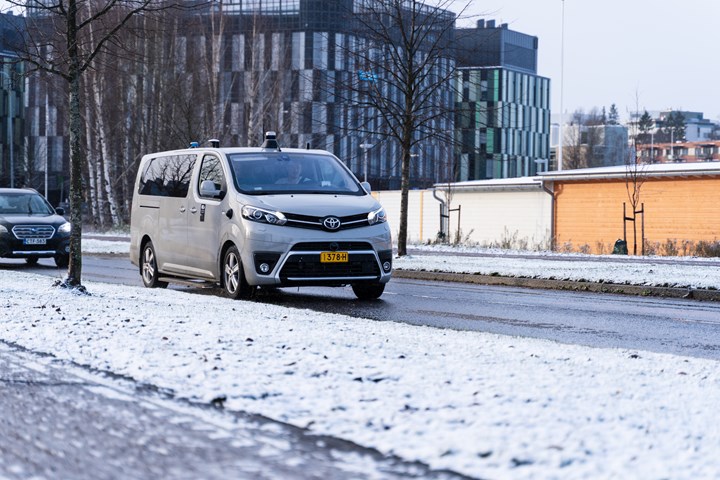Autonomous Vehicles in the Norwegian Winter
A pilot program will start in Oslo during Q1 2021—when there’s plenty of precipitation, including the white fluffy kind
While Waymo is rolling in Phoenix, Cruise Automation in San Francisco and Motional/Lyft in Las Vegas, in less temperate parts of the country, such as the northeast, winter storms are dumping snow.
Although driving in those conditions is something best to be avoided, autonomous other otherwise, even when the storm fades into the Atlantic there will be days when the snow flies and blows in Pittsburg and New York and Boston and elsewhere. For people, a nuisance.
But for autonomous vehicles?
That seems to be a good question, especially in light of the aforementioned locales where AVs are being operated. (Yes, downtown San Francisco may be tricky due to traffic, but try downtown Detroit in December after a couple inches of snow—that’s tricky.)
So it is worth noting that Sensible 4 Ltd., which is a self-driving tech company based in Finland, is working with Toyota Motor Europe, public transport company Ruter, and mobility company Halo on a self-driving trial—in Oslo, Norway.
Where it snows.

The weather isn’t always going to be fine when autonomous vehicles are transporting passengers. So a test will be run in Oslo, Norway, to determine the parameters of the challenge. (Photo: Sensible 4)
Make it there; make it anywhere. . .
As Sensible 4 CEO Harri Santamala said of the project, which will run a Toyota Proace, a six-passenger minivan, on a designated city route, “For self-driving vehicles to become mainstream, they have to work in everyday conditions, as in rain or snow. Driving in Norway is a great opportunity for us to test our software performance. If it works here, it works everywhere.”
Sensible 4 develops full-stack autonomous driving software that is able to fuse data from lidar and other sensors that are used.
Another aspect of this pilot is to increase vehicle speed. According to the company, earlier pilots have been limited to 18 km/h, which is about 11 mph. The plan is to increase that to 30 km/h, or about 18.5 mph.
Apparently, the system “predicts” the future by two or three seconds, so being able to smoothly brake is a consideration for the transport of people.
The Oslo service—the “line 529”—is scheduled to launch for passengers in the first quarter of 2021.
According to Weather Spark, based on the average weather at Oslo Airport, Gardermoen, “Snow alone is the most common for 3.2 months, from December 7 to March 14. The highest chance of a day with snow alone is 15% on January 18. Mixed snow and rain is the most common for 6.0 days, from March 14 to March 20. The highest chance of a day with mixed snow and rain is 9% on January 7.”
Which means the first quarter is going to be challenging.
RELATED CONTENT
-
When Automated Production Turning is the Low-Cost Option
For the right parts, or families of parts, an automated CNC turning cell is simply the least expensive way to produce high-quality parts. Here’s why.
-
On Fuel Cells, Battery Enclosures, and Lucid Air
A skateboard for fuel cells, building a better battery enclosure, what ADAS does, a big engine for boats, the curious case of lean production, what drivers think, and why Lucid is remarkable
-
Increasing Use of Structural Adhesives in Automotive
Can you glue a car together? Frank Billotto of DuPont Transportation & Industrial discusses the major role structural adhesives can play in vehicle assembly.


.jpg;width=70;height=70;mode=crop)






